- Home
- slideshows
- miscellaneous
- 11 books that forever transformed America as we know it
11 books that forever transformed America as we know it
"Narrative of the Life of Frederick Douglass" by Frederick Douglass (1845)

"Uncle Tom's Cabin" by Harriet Beecher Stowe (1852)
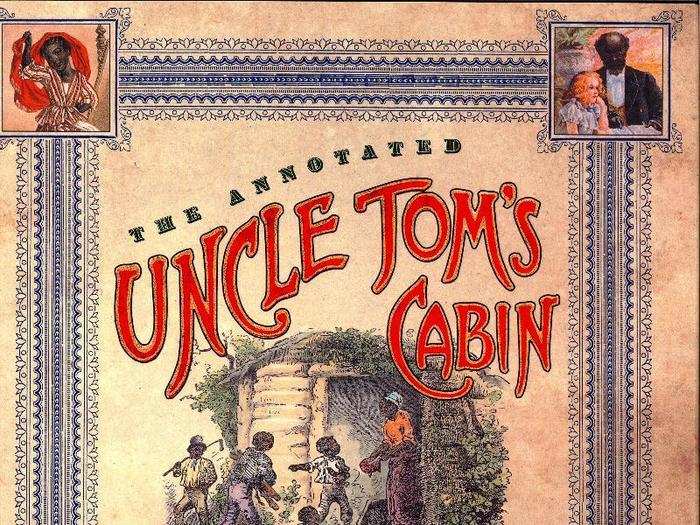
An anti-slavery novel by author Harriet Beecher Stowe, "Uncle Tom's Cabin" tells the story of a slave in the 19th century who saves the life of a white woman named Eva. Her father purchases Tom, and from there, the novel depicts the brutal realities of slavery.
"Uncle Tom's Cabin" is widely credited with laying the groundwork for the American Civil War. At the same time, it contributed to the proliferation of harmful African-American stereotypes.
"How the Other Half Lives" by Jacob Riis (1890)
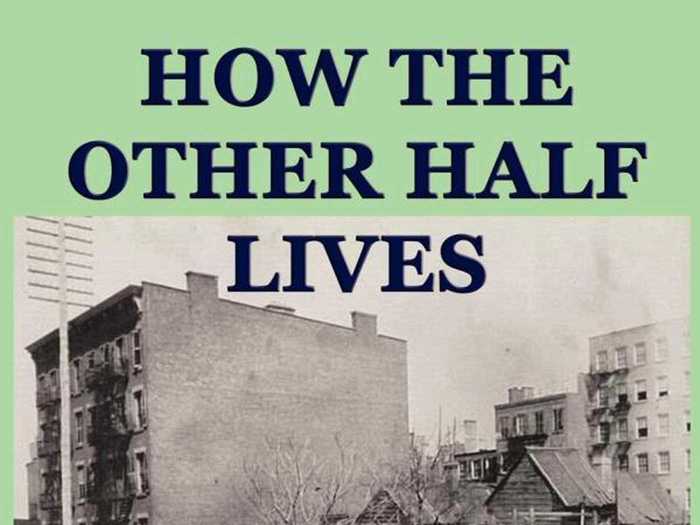
In the late 19th century, photographer Jacob Riis documented New Yorkers who lived in slums and squalid tenement buildings in "How the Other Half Lives." With his photos, he compiled graphic descriptions, sketches, statistics, that illustrated how low-income residents get by.
The photo collection inspired several reforms that improved conditions for the working poor, including the New York Tenement House Act and other legislation that set safety standards. It also served as a basis for future "muckraking" journalism.
"The Jungle" by Upton Sinclair (1906)
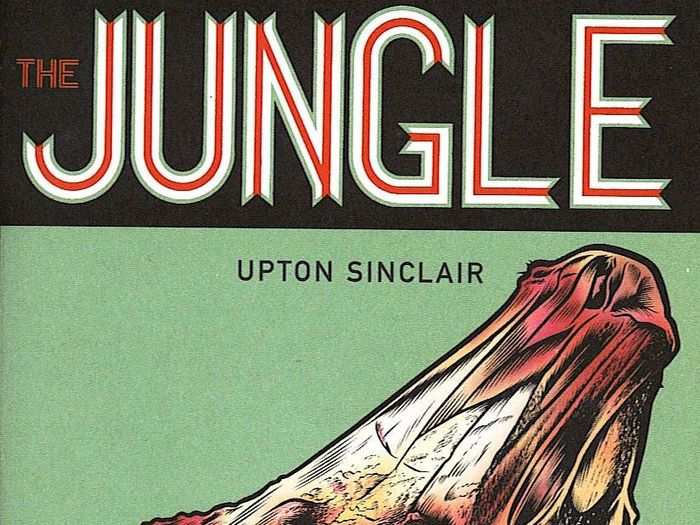
"The Jungle" details the harrowing conditions of Chicago factory life near the turn of the 20th century. These included the horrors of the slaughterhouse, and the poverty and despair that the workers faced on a daily basis.
Upton Sinclair, an American journalist, primarily wrote this novel to promote socialist ideals, but he also exposed government and business corruption, and galvanized public opinion in the process.
Most notably, "The Jungle" led to the Pure Food and Drug Act as well as the Meat Inspection Act — which still regulate food production today — the year it was published.
"The Death and Life of Great American Cities" by Jane Jacobs (1961)
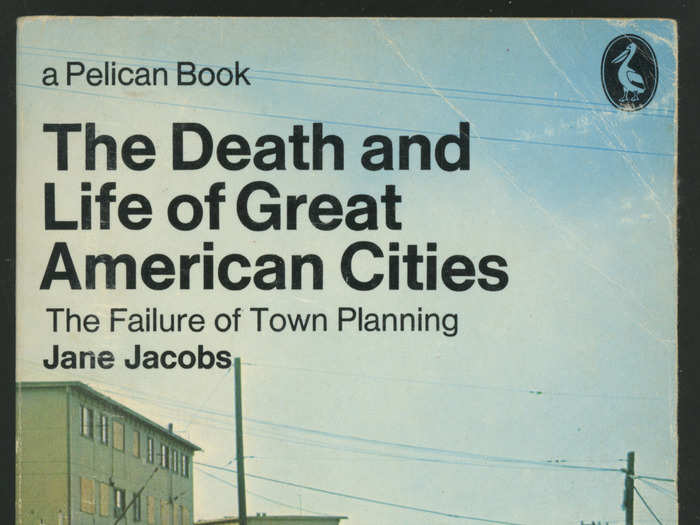
Written by journalist and activist Jane Jacobs, this nonfiction book critiques 1950s-era urban planning policy, which contributed to poverty, inequality, and health concerns in many urban neighborhoods in the US. Jacobs emphasized the importance of sidewalks, diversity, parks, public squares, and prioritizing pedestrians over cars in street design.
The book, along with Jacobs' other works of activism, generated many modern ideas about what a thriving American city should look like.
"Silent Spring" by Rachel Carson (1962)
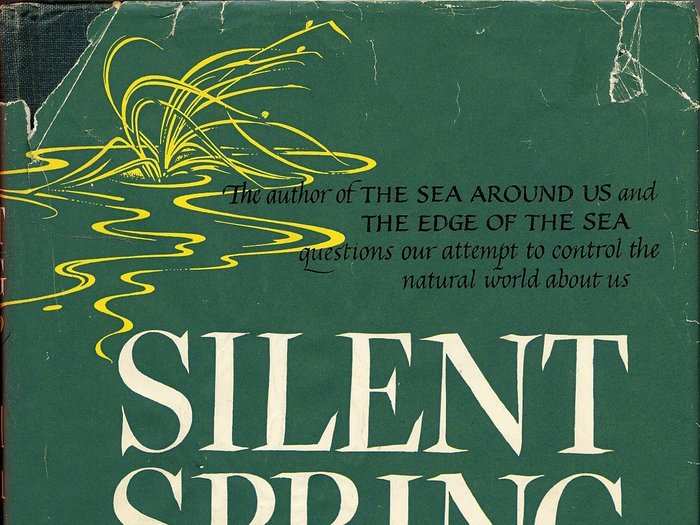
This environmental-science book details the harmful effects of pesticides on the health of humans and the planet. In it, marine biologist and conservationist Rachel Carson writes that the chemical industry has spread false claims and that public officials have accepted them without question.
"Silent Spring" helped launch the modern environmental movement, and spurred changes in laws affecting our air, land, and water.
"Unsafe at Any Speed" by Ralph Nader (1965)

In this nonfiction bestseller, activist and former presidential candidate Ralph Nader accused car manufacturers of not putting enough safety features in their vehicles and risking the lives of the American public.
Less than a year after "Unsafe at Any Speed" was published, Congress created the federal safety agency that became the National Highway Traffic Safety Administration, which has the mission of preventing injuries and reducing crashing
The book also prompted the passage of seat-belt laws in 49 states (all but New Hampshire) and the 1966 National Traffic and Motor Vehicle Safety Act, the nation's first big car-safety legislation.
"Bury My Heart at Wounded Knee" by Dee Brown (1970)
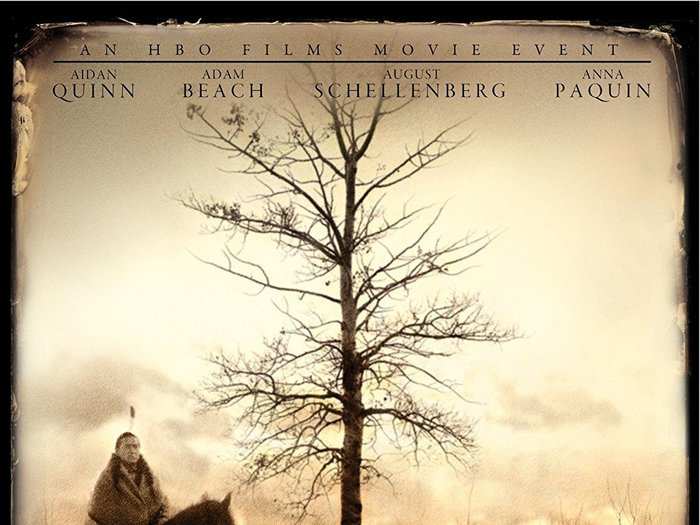
This nonfiction work chronicles the history of Native Americans in the American West in the late 19th century. Writer Dee Brown details the forced relocations and killings of Native Americans, as well as the years of warfare sparked by the US federal government.
As The New York Times notes, "Bury My Heart at Wounded Knee" revised non-Native ideals of the West, and helped lay the foundation for the Native rights movement.
"Our Bodies, Ourselves" by the Boston Women's Health Book Collective (1971)
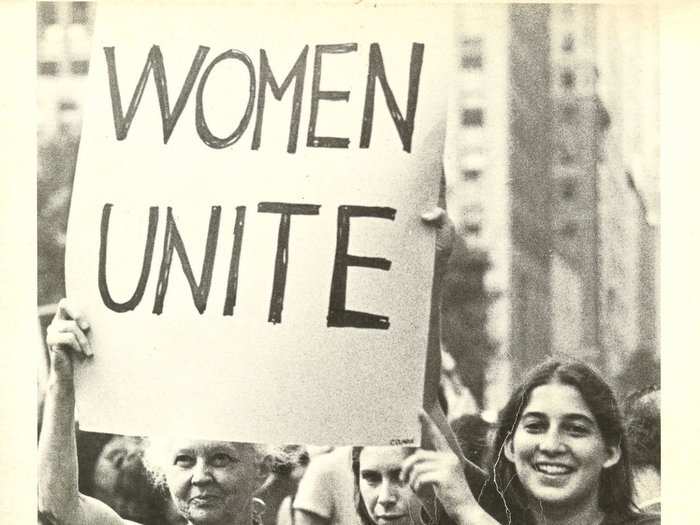
In the late 1960s, dozen of feminists in Boston collaborated on this groundbreaking publication, which presented accurate information on women's health and sexuality based on their own experiences. The women, ranging in age from 23 to 39, sought to change and improve the medical care that women receive.
"Our Body, Ourselves," which cost 40 cents at the time, put women's health in a new political spotlight and served as an important work for the feminist movement.
"All the President's Men" by Carl Bernstein and Bob Woodward (1974)
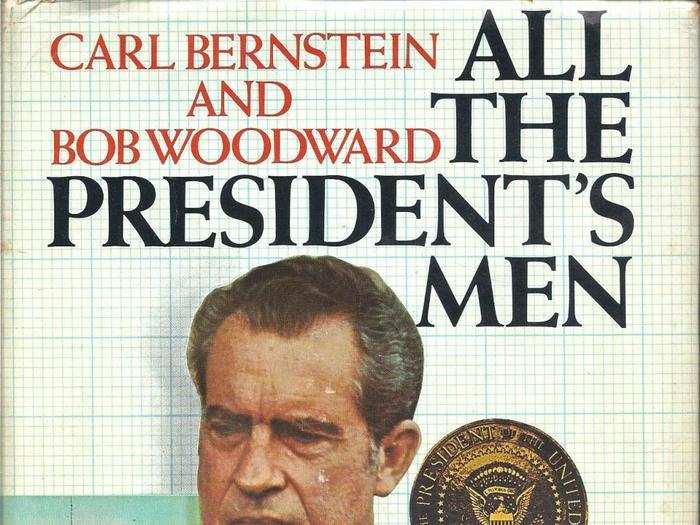
In 1974, Washington Post journalists Carl Bernstein and Bob Woodward blew open the Watergate Scandal, revealing that Republican President Richard Nixon worked with former FBI and CIA agents who broke into Democratic Party offices.
Soon after, Bernstein and Woodward published "All the President's Men," which offers detailed accounts of secret meetings with their informant Deep Throat, whose identity was later revealed as former FBI Associate Director Mark Felt.
"All the President's Men" and The Washington Post's journalism served as the catalyst for Nixon's resignation in the months following their following the book's and paper's publication.
"Stone Butch Blues" by Leslie Feinberg (1993)
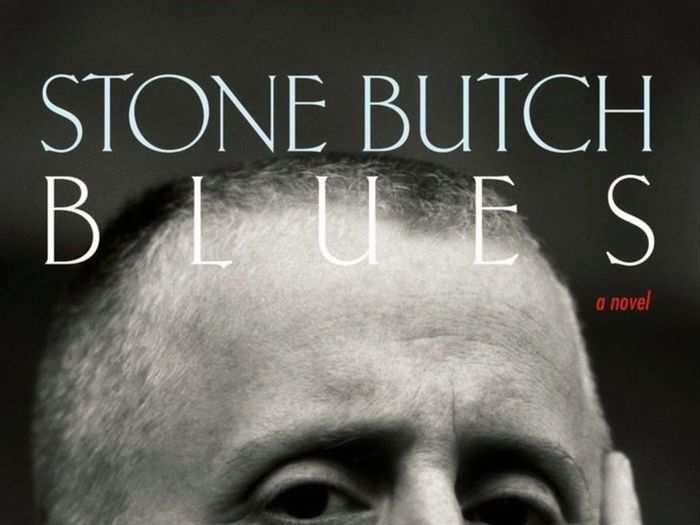
Activist Leslie Feinberg's novel follows the story of Jess Goldberg, a working-class butch lesbian who comes of age in the 1950s Buffalo, New York lesbian-bar scene. Goldberg, who eventually moves to New York City, decides to transition from female to male. After living life as a man for years, she then returns to life as a masculine-presenting lesbian and begins to grapple with her butch and trans identity.
Highlighting the complexities of gender, "Stone Butch Blues" is beloved by the LGBT community — and brought queer issues to a more mainstream audience.
Know a book that should be included in this list? Email the author at lgarfield@businessinsider.com.
Popular Right Now
Popular Keywords
Advertisement